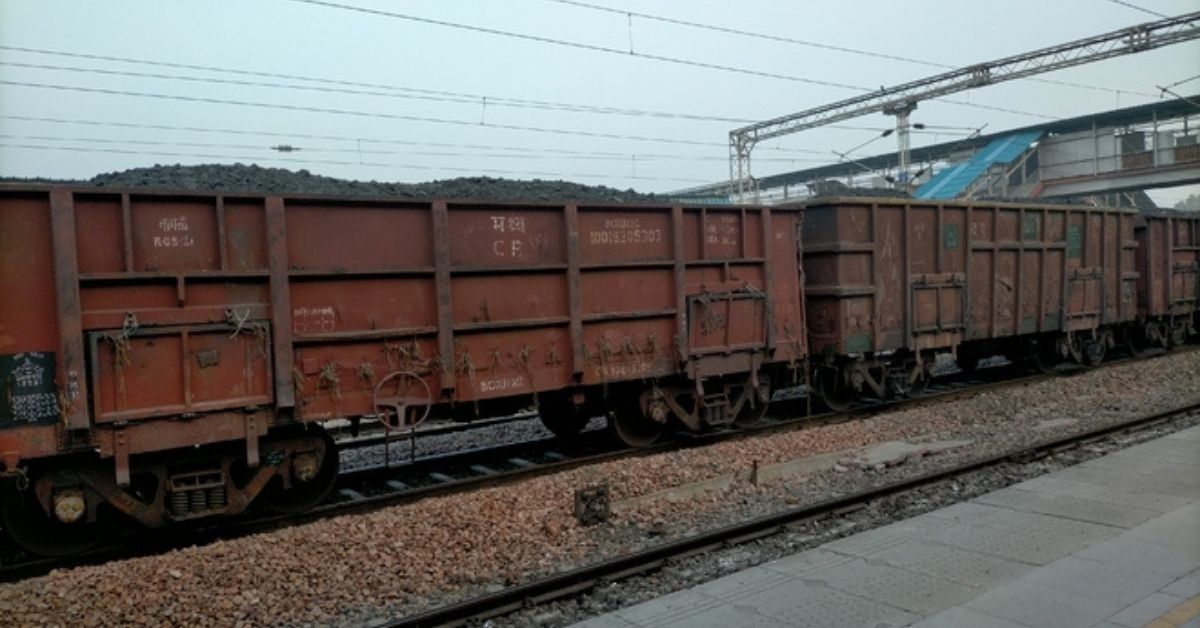Adani Ports and Special Economic Zone Ltd (APSEZ), India’s biggest private port operator, said its guidance on handling a full year cargo volume of 350-360 million tonnes (mt) across its ports would hinge on the growth in dry bulk business, mainly coal, after its container traffic reported a paltry 3 percent growth in the first half of the fiscal.
During H1 FY23, APSEZ handled 177.47 mt of cargo from 159.91 mt a year earlier, clocking a growth of 11 percent. The growth in cargo volume was led by dry cargo with an increase of over 18 percent.
Growth at Mundra, Dahej and Krishnapatnam ports was primarily contributed by coal.
APSEZ handled 4.23 million twenty-foot equivalent units (TEUs) in the first half of FY23, 3 percent more than the 4.11 million TEUs handled during the same period last year. The flattish growth confirms what experts and industry captains predict will be a difficult time for the global container trade after two bountiful years since the outbreak of the pandemic when container carriers and port companies broke records on volumes and profits.
APSEZ, also India’s biggest container port operator, has been focussing on its container business in the last few years as the company controlled by billionaire Gautam Adani looks to pivot away from the mainstay coal business to boost its environmental, social and governance (ESG) rating amongst global investors and lenders given the firm’s preference for dollar funds.
But global headwinds are beginning to bite.
A.P. Moller – Maersk (Maersk) A/S, a bellwether for global trade, cut its forecast for the container market while announcing the third quarter results on 2 November.
Given the unfolding economic slowdown, which is also expected to continue into the coming year, Maersk has lowered its outlook for growth of 2022 global container demand to between –2/-4 percent decline from previously the lower end of the +1-/1 percent range.
“With the war in Ukraine, an energy crisis in Europe, high inflation, and a looming global recession there are plenty of dark clouds on the horizon,” Soren Skou, CEO of A.P. Moller-Maersk said.
“This weighs on consumer purchasing power which in turn impacts global transportation and logistics demand,” he said, noting that the global economy is expected to slow down.
“It is clear that (ocean) freight rates have peaked and started to normalize during the quarter, driven by both decreasing demand and easing of supply chain congestion,” he added.
Closer home, APSEZ is feeling the ripple effects.
“This year, in our view, we will see more growth on the bulk side than on the container side,” Karan Adani, Chief Executive Officer, APSEZ said during an analyst’s call on 1 November after declaring the firm’s second quarter results.
India, according to Karan, is in a very good space economically and the port operator doesn’t see growth coming down “any time soon”.
“We expect the GDP to grow at around 7 percent and with that we expect the trade to grow at around 10-11 percent. We do see a lot of trade movement happening, though the nature of the trade might keep changing,” he observed.
“Overall, we are very confident of reaching the guidance of 350-360 mt for the full year,” he said.
By October end, APSEZ sailed past the 200 mt cargo mark.
Subrata Tripathy, CEO, Ports, APSEZ, said that container volume growth was “flat” in the first half amidst concerns on how it will pan out in the remainder of the year.
“Volume wise, coal will be the driver without a doubt,” Tripathy stated.
Ports and terminals run by APSEZ posted “significant growth” in coal volumes during the first half helping lift its dry bulk segment share from 50 percent in FY22 to 54 percent in H1 FY23.
“This was fuelled by a very strong rally in coal which is understandable with the high energy consumption which is at an all-time high in India. We believe that the export-import (EXIM) requirement of coal will continue to be high in H2,” Tripathy said.
APSEZ has also secured new contracts for coastal coal movement using the rail-cum-sea route from land-locked mines in Jharkhand, Odisha, and Chhattisgarh through its ports at Gangavaram and Dhamra into the destination port at Krishnapatnam, also run by it, for customers in Southern India.
Krishnapatnam port will handle an additional coal cargo of 3-3.5 mt with the commissioning of a new 800 MW thermal unit at the power plant in Nellore run by AP Genco.
The port operator is also “working” on the East-West transfer that the government is looking at. “It is at a very nascent stage, but the growth is going to come granularly from these two – EXIM as well as domestic coal,” Tripathy said.
On coking coal, he said that the market share is getting consolidated mostly in the Eastern ports. Despite a subdued first half for steel plants, the second half is seeing signs of recovery and growth, mainly for large plants of SAIL, Tata Steel and Jindal Steel for which APSEZ is well placed with its ports at Gangavaram and Dhamra. “This alignment and the very strong bond with major consumers give us the confidence that we will be able to sustain the growth in dry cargo,” he added.







